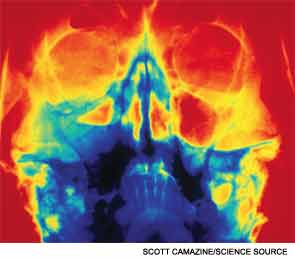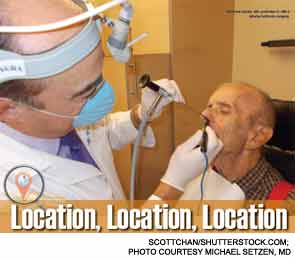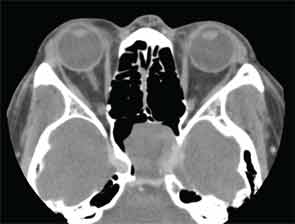Conventional splints have been linked to increased postoperative pain; thinner splints may result in improved mucosal status, less postsurgical discomfort


Conventional splints have been linked to increased postoperative pain; thinner splints may result in improved mucosal status, less postsurgical discomfort
How do nasal sprays and irrigations compare in delivering topical agents to the human olfactory epithelium?
Making a successful transition to office-based inferior turbinate hypertrophy (ITH) surgery depends on proper coding and other financial concerns. But a more basic question first needs to be considered before breaking out the calculator: What is the optimal technique for performing the surgery?

Link between immunodeficiency and CRS boosts new therapies for the disorder, said otolaryngologists at the 2013 American Academy of Otolaryngology-Head and Neck Surgery Annual Meeting
Ensure proper coding of procedures for inferior turbinate hypertrophy surgery to maximize reimbursement

How common are synechiae in chronic rhinosinusitis (CRS) patients who have endoscopic sinus surgery (ESS)?
Is the use of topical nasal therapies with saline alone and in combination with antibiotics, antifungals or corticosteroids effective in the treatment of chronic rhinosinusitis (CRS)?

Balloon catheter sinuplasty appears safe for use among pediatric patients with chronic recurrent sinusitis

A 53-year-old man with a one-month history of bilateral tinnitus. An MRI detected a sphenoid tumor incidentally, and a contrast-enhanced computed tomography scan revealed a partially enhanced tumor in the left sphenoidal sinus that destroyed part of the skull base.